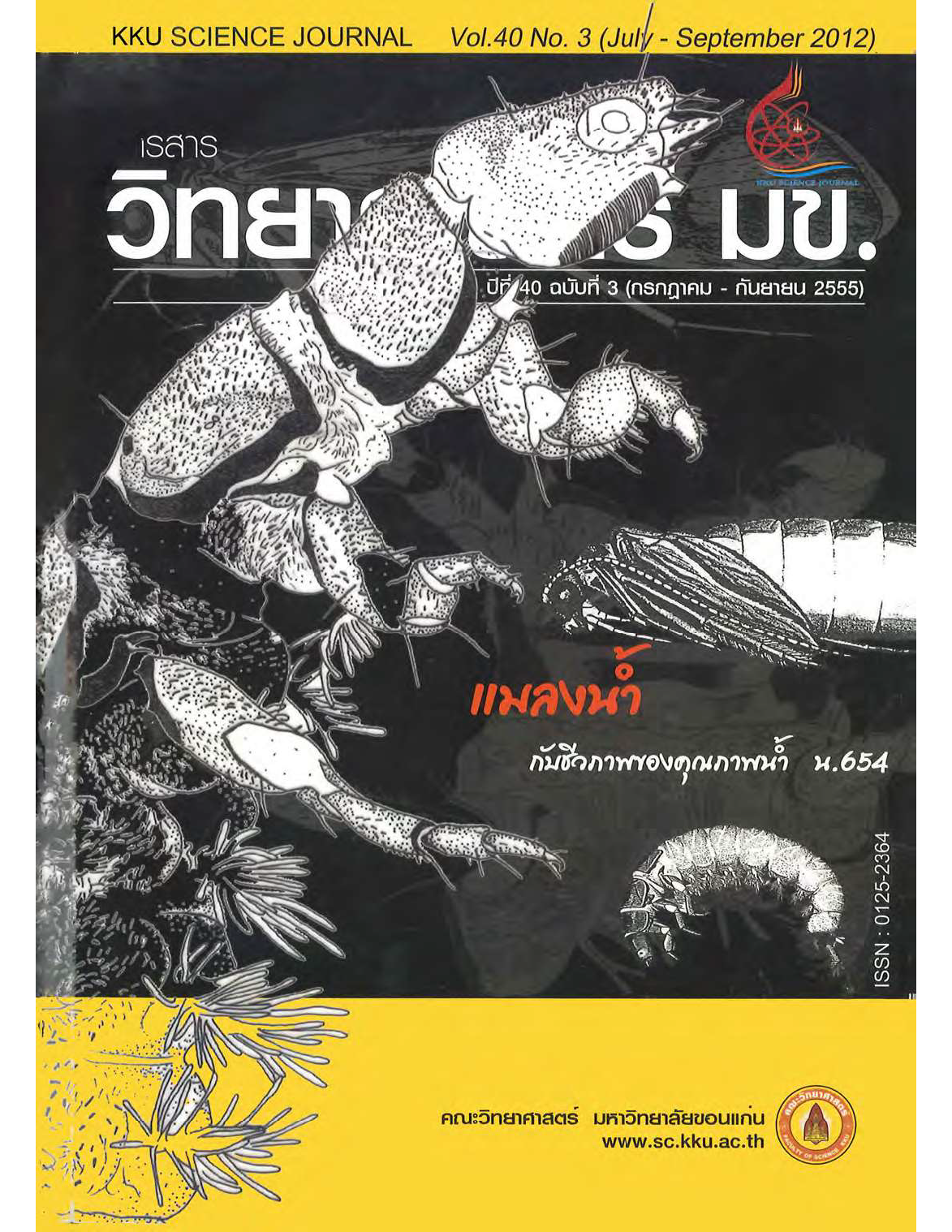The Lotus Effect: Theory and Application to Artificial Self-Cleaning Surfaces
Main Article Content
Abstract
Scientists have learned to apply the concept of the “lotus effect” to develop surfaces with special properties, i.e. those capable of cleaning themselves. The self-cleaning surfaces can be cleaned more easily, and will remain unsoiled longer than simple surfaces. To mimic a surface of a lotus leaf, the surface of interest must be rough and hydrophobic. Dirt particles with an extremely reduced contact area are picked up by water droplets and are thus easily washed away, leaving the surface clean. All lotus-like surfaces are superhydrophobic having a static contact angle greater than 150° and a water roll-off angle less than 10°. Two fundamental models that describe the contact angle of liquid with a rough surface are: first, the Cassie- Baxter’s model for a rough surface with air pockets present between the solid and the liquid; and the Wenzel’s model for a rough surface without air pockets. Comparing between these two models, the water droplet in a Cassie-Baxter state can roll-off more easily. However, the transitions from a Wenzel state to a Cassie–Baxter state have been reported. Currently, the research on self-cleaning surfaces based on the lotus effect becomes more significant to both academic fields and industrial applications.
Article Details

This work is licensed under a Creative Commons Attribution-NonCommercial-NoDerivatives 4.0 International License.


